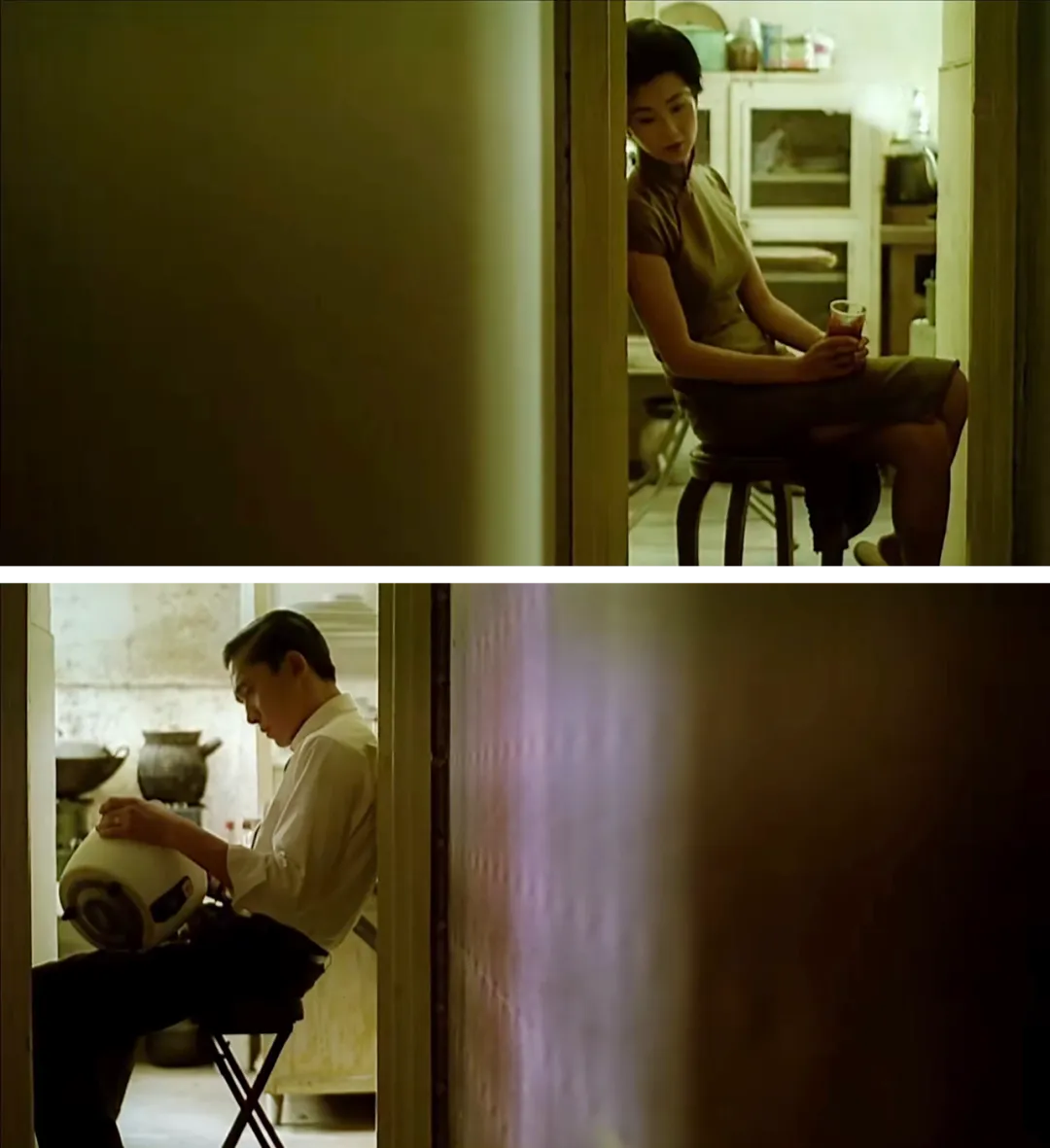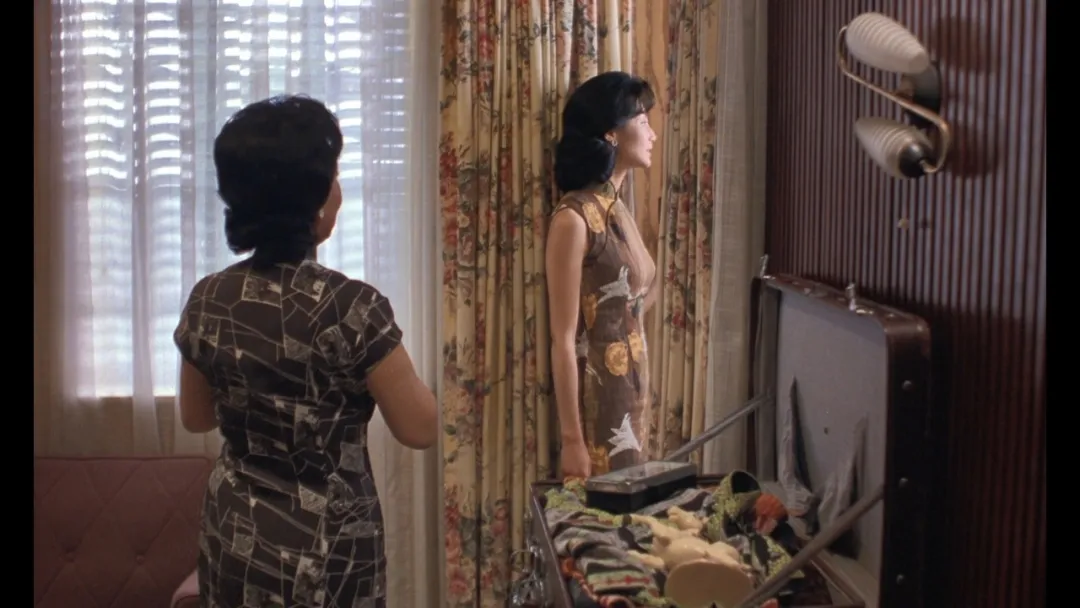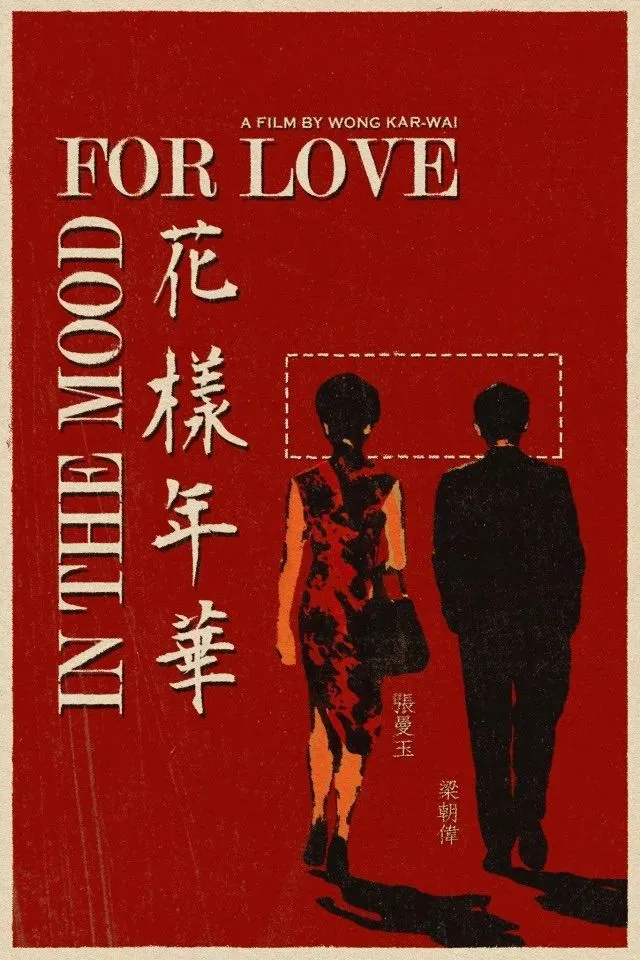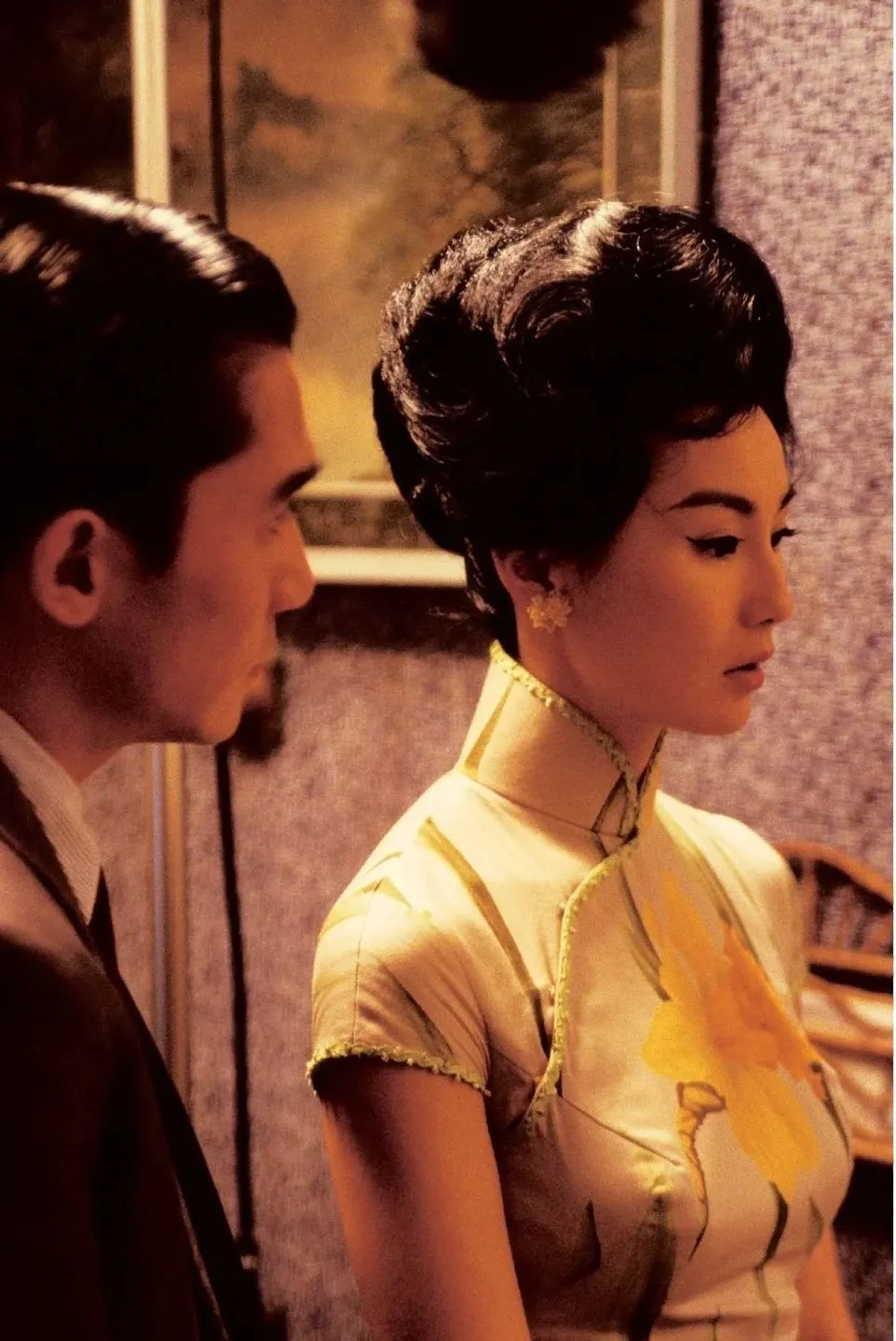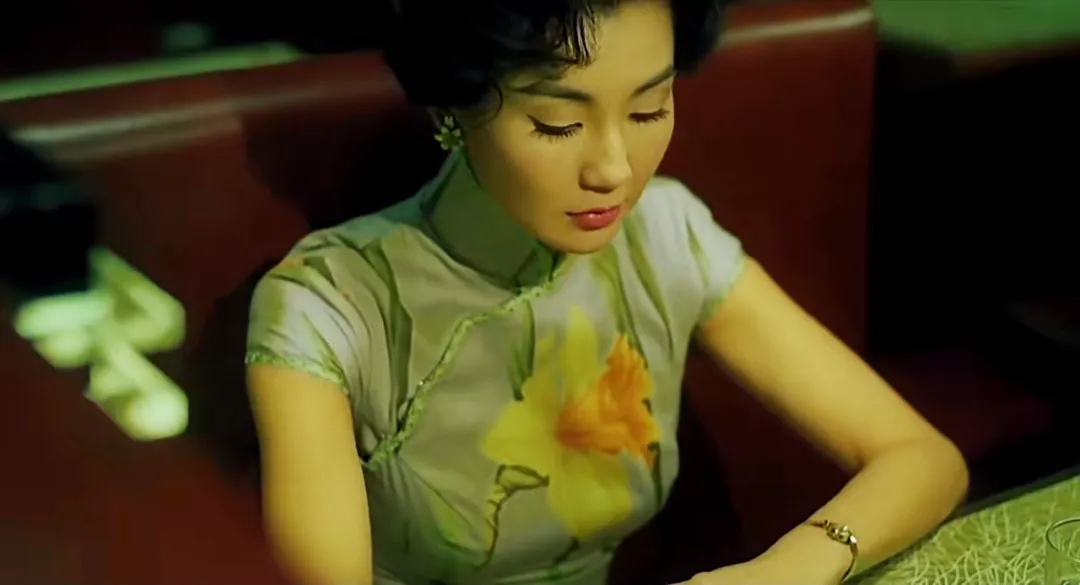
Today, let's continue our special topic on In the Mood for Love and appreciate the beauty of Maggie Cheung's cheongsams. Before delving into the topic, let's talk about the behind - the - scenes details of this movie. Maggie Cheung changed into 23 cheongsams in In the Mood for Love, all designed by the Hong Kong art director Cheung Shu - ping himself. Some of the cheongsam fabrics were his personal collections over the years, and the patterns and fabrics were already out of print. So, it's almost an eternal regret that it's impossible to recreate Su Lizhen's beauty exactly.
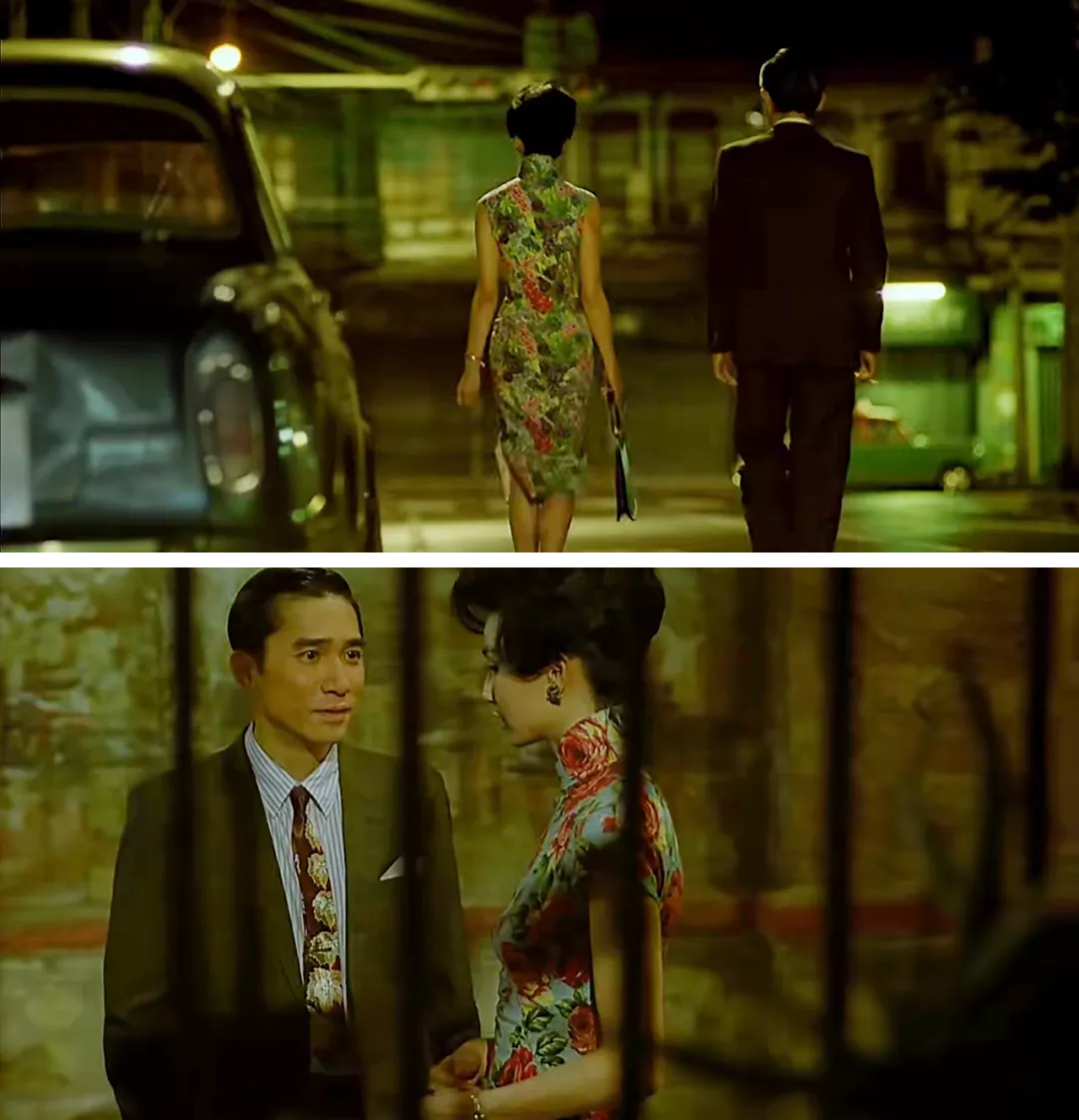
Then, these cheongsams were handmade by Hong Kong master Leung Long - kwong, who has over sixty years of experience in cheongsam making. As he said, "I've never changed my profession in my life. I earn money with my heart." For these 23 cheongsams, Cheung Shu - ping was mainly responsible for design, color matching and sourcing fabrics, while Leung Long - kwong was in charge of measuring the body, cutting and sewing. It can be said that without the seamless cooperation of these two masters, there wouldn't be this world - renowned Chinese masterpiece.
The emergence of In the Mood for Love successfully drove the popular transformation of cheongsam culture. In the movie, Su Lizhen's slender and upright neckline stood noble in everyone's hearts like a jade bamboo. Since then, low - collared cheongsams quietly faded away, and high - collared cheongsams made a grand entrance. Besides the high collar, elements like round collars, sleeveless, knee - length and figure - hugging styles were very typical of 1960s cheongsams, which also established Su Lizhen's iconic image in the movie: introverted and restricted.
This characteristic also reflected the suppression and confinement of women's minds and bodies in that era. It confined not only the body but also a heavy moral yoke. In the patriarchal social system, the unfairness was first manifested in that a woman couldn't express her love boldly and could only convey it implicitly through a boat ticket. It was an embarrassing encounter. She always lowered her head, giving him a chance to approach, but he didn't have the courage. Then she turned around and left...
As Maggie Cheung once said, "In the movie, the cheongsam is not only my clothing but also my body language. While I was trying to understand the inner world of the protagonist, the cheongsams tight on me also gave me feelings and inspiration to enrich my performance." Knowing the stories behind these cheongsams helps us understand that Su Lizhen's beauty is not only about her physical charm but also the tragic beauty of being confined in the cheongsam.
Let's take a look at the different stages of Su Lizhen's relationship with Zhou Muyun and the cheongsams she wore. When her husband had an affair, Su Lizhen wore a dark vertical - striped cheongsam during her darkest moment. This cold - toned and low - key style matched her lonely and dispirited state at that time. It was also during this period that the two frustrated people pieced together the embarrassing marriage secrets through inquiries, imitations and speculations and gradually got through that difficult time.
After a few days, when Zhou and Su had a meal in a restaurant, Su Lizhen asked Zhou to order and wanted to know what his wife liked to eat. This time, Su Lizhen wore a brand - new cheongsam. The light - blue hem was a refreshing color, as if it could dispel the previous gloom. The piping of the cheongsam was decorated with apple - green in a wavy fold form. The bright colors and lively rhythm, along with the tulip on the chest, echoed with her carefully - selected same - color stud earrings, hinting at the budding of their relationship.
As their private dates became more frequent, there was a little bit of ambiguity in their conversations. During this time, Su Lizhen changed into two cheongsams. One was a dark wavy - patterned figure - hugging style, suggesting that her heart was like the waves, with ripples. The other was the green - checked cheongsam that appeared before. These two old - style cheongsams showed that the relationship between Su Lizhen and Zhou Muyun had become more comfortable and natural.
When they talked about Zhou's wife going to Japan, Su Lizhen's hesitation and Zhou's getting off the taxi first represented their caution about the current situation and the helplessness and loneliness in their embarrassing relationship. On that day, Su Lizhen wore a red cheongsam dress. It wasn't a very bright red but had a bit of a subdued tone. The introverted and simple style was like a test and expectation for their relationship at this critical moment.
After Zhou Muyun got sick and Su Lizhen made sesame paste for him, Zhou invited Su to create a novel together. When they were in Zhou's house and were trapped because the landlady came back early, Su Lizhen wore a pink - toned cheongsam in lotus root color. The chaotic and complicated lines covered the skirt, and the pink tone was a bit dull. These details showed that Su Lizhen was a bit panicked and entangled about the sudden progress of their relationship.
After being trapped in the house for a day and night, Zhou booked a room at the hotel and hoped that Su would come to create the novel together. Su Lizhen showed her contradiction and hesitation through her repeated actions of going up and down the stairs. Finally, she went to the room. She wore a red overcoat and a simple black - and - white printed cheongsam dress inside. The sharp contrast between the red and black - and - white represented the conflict between her emotion and reason, and finally, emotion won.
In Room 2046, Su Lizhen questioned her husband's possible affair in a simulated way to release her pain. She wore a new, plain light - colored cheongsam with small checked patterns and blue yarn flowers on the chest, showing a cold and beautiful look. This new cheongsam also represented her subtle response to the relationship in Room 2046, indicating that she was ready to let go of her knots.
When Zhou Muyun confessed his love and said he wanted to leave, Su Lizhen was very surprised. On that rainy day, she wore the most vivid and passionate cheongsam in the whole movie. The blooming flowers in bright colors like rose red, apple green and sky blue were gathered on the fabric, outlining the charm of a woman. At the end of the conversation, Su Lizhen leaned on Zhou's chest and cried.
On the night of their possible last precious moment together, Su Lizhen said she didn't want to go home. They took the final step. She wore a new black - based cheongsam with colorful prints. The deep background color represented the overall sad tone, and the complex prints and colors represented her noisy state of mind.
When Zhou Muyun asked if Su would go with him if there was an extra boat ticket, and vice versa. Unfortunately, Zhou left before Su could answer the phone. When Su arrived at 2046, Zhou was already gone. This unfulfilled wish became a deep mark in their hearts.
Su Lizhen, who stayed in Room 2046, wore the green cheongsam that was related to their story about the martial - arts novel. Sitting in the dim Room 2046, she looked extremely lost. The green cheongsam, full of vitality and hope, represented her unspoken wish to leave with Zhou.
In 1963 in Singapore, Zhou received a silent phone call from Su. Su took away the embroidered shoes that witnessed their affection. That day, she wore a new - style blue silk cheongsam, with a cold and quiet tone and a low - key style, which might represent a divorced woman's frustration and determination to let go.
After a few years, Su returned to the landlady's place. She wore a plain cheongsam with a warm and mature tone and changed her hairstyle from a high - piled bun to a gentle low - bun, showing that she had gone through the changes of time and become more plain and simple.
When Zhou came back to the old place and learned about Su's situation from the landlady, Su was wearing a pink - and - white checked cheongsam, simple and elegant, with a warm and soft tone, perhaps representing her current ordinary but hopeful life with a child.
The two - part special topic on In the Mood for Love ends here. Director Wong Kar - wai showed the hidden love story in the 1960s through the cheongsams throughout the movie, which is a remarkable part in the history of cinema. It also made more people rediscover the beauty and charm of cheongsams. Even after more than 20 years, Su Lizhen's cheongsams are still an unforgettable and eternal image in the history of Chinese cheongsams.
